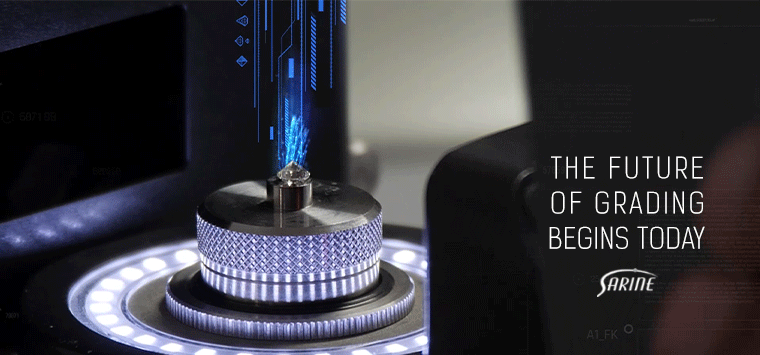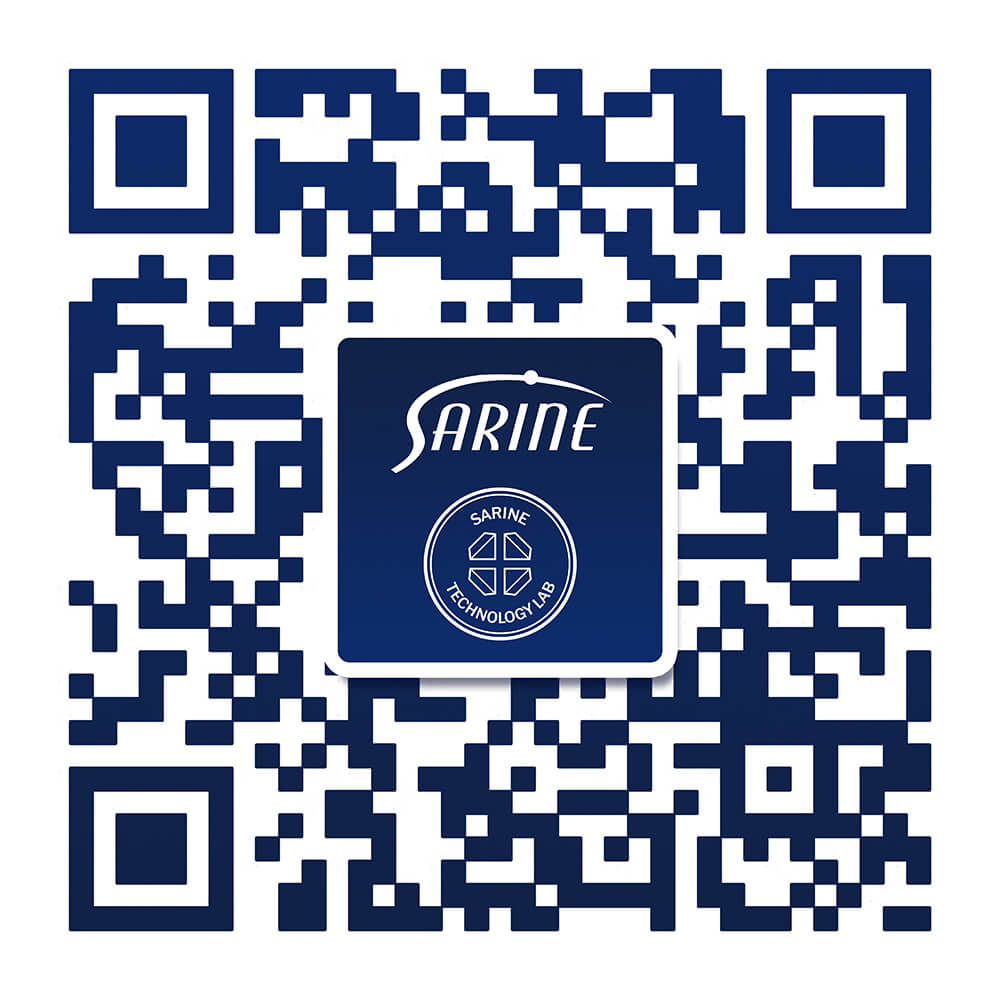David Block, CEO, Sarine Technologies
Do you remember once upon a time what you had to do if you wanted to watch a movie at home? Remember Blockbuster ?
For those of you who have forgotten, here’s a short recap - get in your car, drive to the neighborhood video rental store, walk among the shelves stacked with video cassettes, select your movies, then go home, make popcorn and watch.
Unfortunately, the experience did not end there, as you had to take the video back to the store or face the infamous late fees (of which I paid a lot). Then along came Netflix….no, not the Netflix you know today but Netflix of the early days that enabled you to order a DVD online and get it shipped to you at home. What a revolution!
But, still you had to plan your movie session a day or more in advance, and there was no way to make a spontaneous decision to watch on the spur of the moment. But then, technology became more advanced and along with changing consumer needs, Netflix launched its first video streaming service in 2007, which changed forever how people watched movies at home. Not only could you get what you want when you wanted it, but also over time, Netflix could even suggest which movies you might like (and is spot on most of the time).
So, what’s the connection here to diamond grading?
Over the last three decades, technology has dramatically changed diamond manufacturing from every perspective – time, risk, yield and value have all improved dramatically. Yet when you look at diamond grading, not a lot has changed in the same period.
To use the analogy above, we are still stuck in Blockbuster days…. Diamond grading is still mostly performed manually. You still need to ship the diamond to a grading lab (in itself a timely and costly proposition) and wait a week or two or more to get the results. The grading process is not consistent due to human error. And even when the entire grading process is finished, the grading report still doesn’t provide a full and comprehensive solution for the need it was supposed to meet.
So, how do we believe the future of diamond grading will look, and how do we transform it from an outdated 'Blockbuster' model into a modern day 'Netflix'? Technology is the key to such a transformation, and over the past few years, diamond grading technology has been developing at a rapid pace. In 2017, Sarine announced its first generation of diamond grading technology for automated Color and Clarity grading, and since then we have been constantly refining the core grading technologies.
This first generation of the technology already enabled dramatically more consistent and accurate grading by removing the human error factor. But that was just the beginning. The ongoing developments in grading technology now opens up a completely new world of possibilities. In this article, I would like to focus on two key changes that technology is enabling and how they will revolutionize diamond grading in ways very similar to what Netflix did to the home video sector.
Two Ways Technology is Revolutionizing Diamond Grading
Enabling instantaneous grading:
Logistics is not a very exciting topic, but in today's world - where consumers want everything instantaneously - it really does have a dramatic impact. Just as in the old Blockbuster days, when we had to drive to the store to rent a movie, in the case of diamond grading, we still need to ship the stone to the lab to get it graded and then wait patiently (typically weeks) until it is returned along with the grading report.
Grading technology is now at the stage where the possibility to grade the diamond in-house is not very far away. This will enable manufactures to save time and money, but without compromising on the quality or integrity of the grading process. On the contrary, it will actually improve quality and consistency! Grading systems located on site at the manufacturer will capture the required information for grading, upload the data to the secure Sarine cloud, which will then automatically process and grade the diamonds and return the grading back to the customer, without the diamond ever leaving the customer’s premises and with no human errors.
Perhaps that doesn’t sound so big of deal, but look at it this way - would you cancel your Netflix subscription and go back to the old-fashioned Blockbuster store, even if Blockbuster offered half the price? I doubt there would be many takers to such a proposal. In today's world, the flexibility of being able to determine your own priorities and respond rapidly to changing market needs, in addition to saving costs and time, is something that will forever change diamond grading.
Matching diamonds to the right buyers:
The second revolutionary change that Netflix brought us was choice combined with the ability to enable the consumer to select movies that were a better match to their personal tastes. In the Blockbuster days, how many times did you rent a movie that you did not like? Sure, the movies were categorized according to genre and some other basic parameters but finding a movie you liked was not always successful. Does that sound familiar when thinking about buying diamonds with an accompanying grading report? Diamond grading reports took the industry many steps forward in enhancing the B2B trade of diamonds, but can we really trade solely on today's grading reports’ information? The 4Cs are the most well-known criteria for trading diamonds, but there are many other criteria that impact the price of the diamond – such as types of inclusions, their location in the stone and visibility through the table, fluorescence, milkiness, color tinge, etc. Certain retailers will consider certain criteria as impacting the price of the diamond while others may not.
So, despite industry price lists that give a good indication of the price of the diamond, there still remains a large spread in the acceptable price of two diamonds which have the same overall 4Cs. Most diamond grading reports focus predominately or solely on the 4Cs and do not provide any information about additional parameters that are required to both source and price the diamonds. Therefore, even if the grading reports of today provide a good method to narrow down the selection of goods, they do not fully address the specific needs of various retailers. Diamond grading technology is advancing to the stage that it will be able to sort goods into additional categories, which will enable much more effective trade between the buyer and seller, and reduce the rejections of goods that meet the initial 4Cs criteria.
But the real power of technology and artificial intelligence is still to come.
Just as over time Netflix learns what you like and what your preferences are without having you to clearly define them, and then recommends what movies are a good match for you, why not do the same for diamonds? Rather than just relying on the very basic 4Cs, we can use large amounts of data created during the automated technological grading process to assist both sides of the trade, buyer and seller, to create better matches in terms of the goods supplied. We always need to remember that grading reports were a means to an end and not a goal in itself. So why not change the grading paradigm and redefine what we expect from diamond grading?
Sarine is excited to once again be at the forefront of a revolutionary development for the diamond industry. For Sarine, a new era of Grading is already on its way.
I look forward to hearing your opinions and feedback. Please comment below or be in touch!




-1.jpg?width=310&name=blog_image%20(003)-1.jpg)





